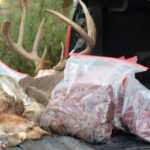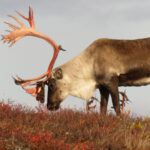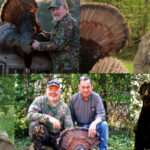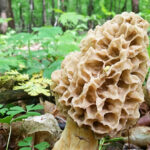Summer is in full swing, which means deer season will be here before you know it. One of the best ways to ensure a successful fall is by having a game plan in place and thoroughly preparing well in advance.
If you’ve been sidetracked recently by vacations, barbecues, ball games, and other summer activities, now is the time to buckle down and start focusing on opening day. If you’re not sure where to get started, here are 12 projects that will help tip the odds of success in your favor this fall.
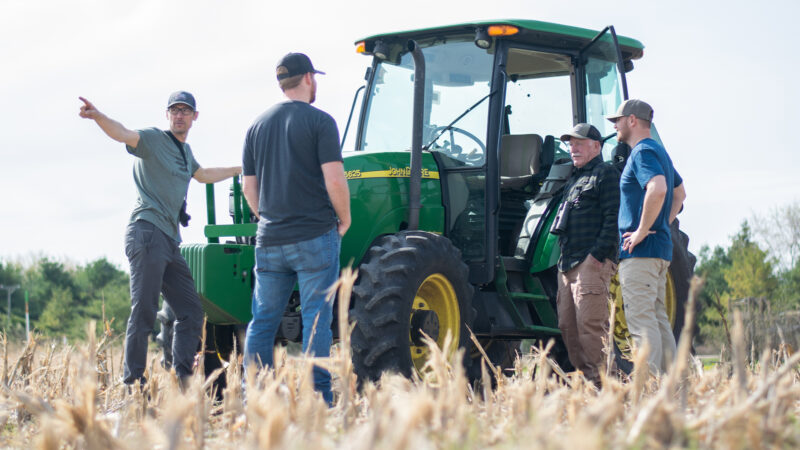
Scouting
Over the years, scouting has become as much a part of my deer season as the hunting itself. And while my favorite time to hit the woods (outside of deer season) is right after deer season, there’s plenty to be done in the summer months.
1. Run Trail Cams
One of the things I look forward to most each summer is getting my trail cameras back into the woods and fields to get a sense of what I have to look forward to that deer season. It’s exciting and helps pass the time between turkey season and opening day of archery deer season.
With antlers growing daily and bucks starting to show their full potential, there’s no better time than now to get those cameras out. Depending on how late your season opens, your trail cameras may not be able to put you on an opening day buck, but they can certainly give you an idea of what’s in the area.
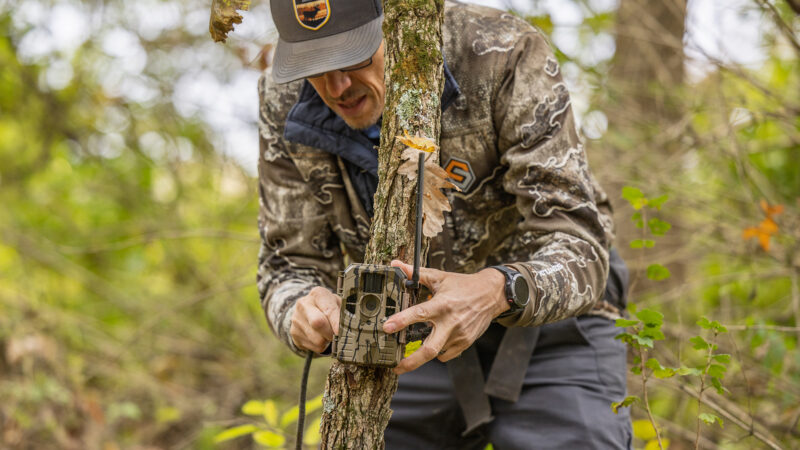
Additionally, any areas producing lots of doe photos during the summer months will be good places to keep in mind come pre-rut into rut.
If you really want to put your trail cameras to work this summer, you could conduct a preseason trail cam survey where you hunt to give you an idea of the deer density, buck-to-doe ratio, and fawn recruitment rate, in addition to seeing which bucks made it through from last year.
2. Learn a New Area
Deer sign can be hard to find in the summer, and the sign you do find may not be relevant by the time deer season opens. That’s no reason to skip summer scouting altogether, though. This is a great time of year to check out new areas or to better learn areas you’re already hunting.
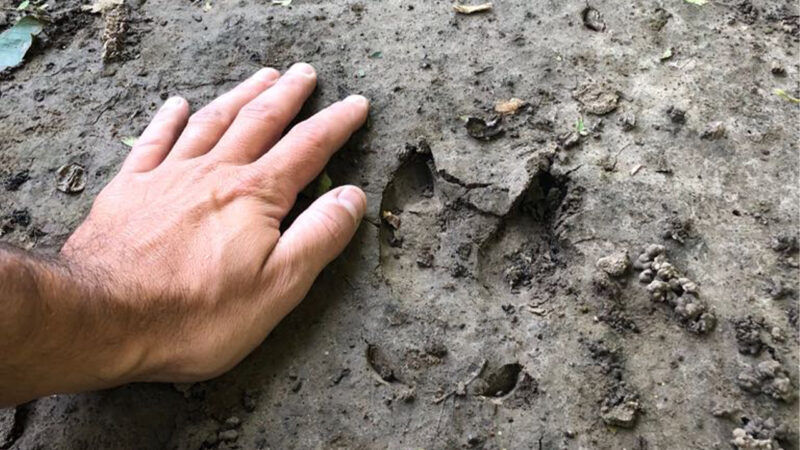
While you’re out there, don’t focus too much on fresh sign or what the deer are doing now, but consider what they may be doing later in the year.
Look for potential food sources, old rut sign, pinch points, as well as out-of-the-way locations that may get overlooked by other hunters. And don’t forget to mark it all down on your favorite mapping app!
3. Glass Fields
If you’re fortunate enough to live in areas with large open fields, then summer can be a great time to glass those fields in the evenings. Bucks are often in bachelor groups this time of year, and can be very visible during the last hour or two of daylight.
Depending on how early your deer season opens, the information gained from these glassing sessions may not help you fill a tag on opening day, but it will give you an idea of what bucks are in the area. Plus it’s just fun to get out and see deer!
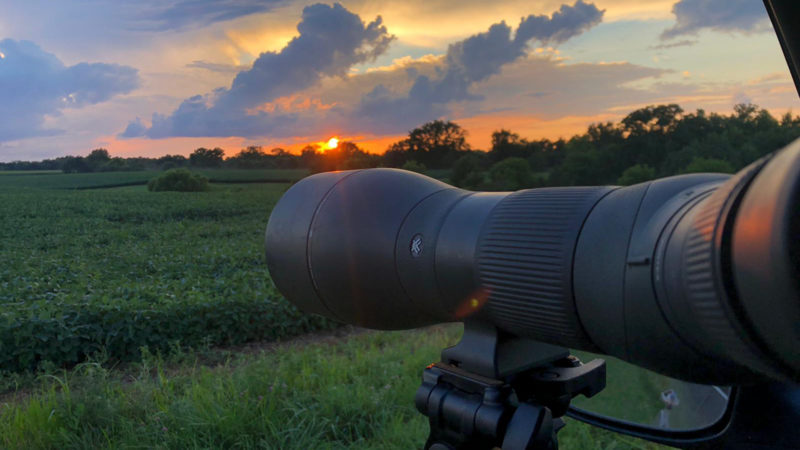
4. Revisit Last Season
While I like to do this as soon as deer season ends, any time prior to opening day will work. What I mean by ‘revisiting last season’ is to simply sit down and think about your experiences from the previous deer season, and consider what worked and what didn’t, which spots produced and which didn’t, and what you can change in the upcoming season to improve your odds of success.
If you happen to keep a hunting journal, this process will be much, much easier. If not, you’ll just have to rely on memory. Hopefully yours is better than mine!
Hunt Preparation
Once your scouting is done — or at least in progress — then there’s several things you can do to start preparing for opening day.
5. Hang Stands
If you hunt from hang-on or ladder stands, then summer can be a great time to go ahead and get those stands hung and ready for deer season.
If you still have stands out from last season, then there’s no better time to thoroughly check them out and make sure they’re safe for that first sit of the year. That means checking the cables, nuts and bolts, and most definitely the straps.
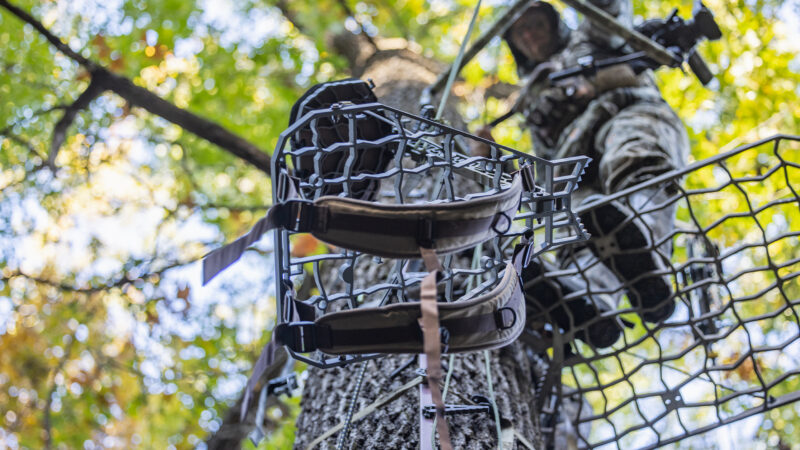
While you’re hanging your stands, make sure you’re being safe by using a safety harness and lineman’s rope.
Speaking of which, this is the perfect time to go ahead and hang Hunter Safety System Lifelines for each stand, so your safety harness is always attached from the moment you leave the ground until the moment you return.
6. Trim Shooting Lanes
As you hang your stands, you might as well take time to trim the necessary shooting lanes. That will eliminate the need to come back at a later date and leave twice the scent in the area.
I recommend picking a few key shooting lanes and trimming what is needed to keep those open. Just don’t overdo it and remove so much cover that you’re left exposed in the tree.
7. Get Bow Ready
If you haven’t been shooting your bow all year, then summer is definitely the time to break it out and make sure it’s ready for opening day. Before you start flinging arrows, though, take time to give your bow a thorough inspection, checking things like:
- Are your string and cables due replacing?
- Are your sights, rest, and other accessories tightened down and in working order?
- Are your cams still in time and your bow tuned correctly?
- Is your D-loop still in good condition?
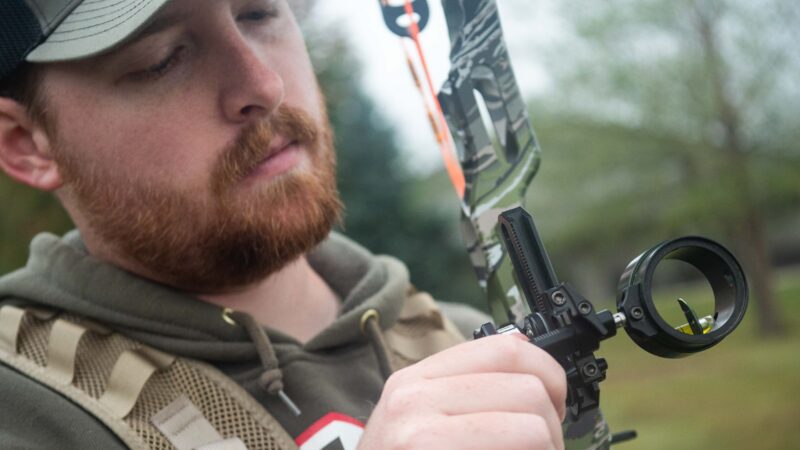
Now is the time to address any issues. Bow shops typically get very busy right before deer season opens.
Don’t be that guy who brings his bow in a week before opening day needing new strings and cables and a full tuning. Get it done now!
8. Shoot Your Bow
Once you’ve ensured everything is in order with your bow, it’s time to start flinging arrows.
I believe one of the biggest keys to consistently making good shots on deer is being confident in your shots, and that confidence comes from consistent practice.
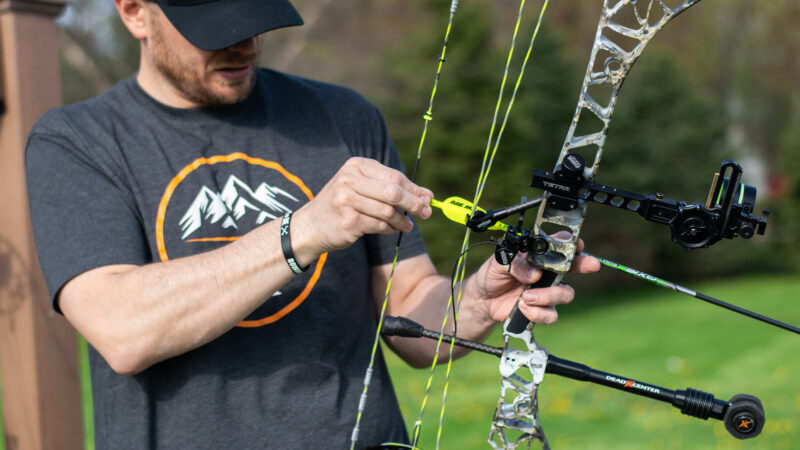
You don’t have to shoot for hours at a time. Simply carve out 30 minutes to an hour a few times a week to shoot, and practice every shot like you’re shooting the biggest buck of your life.
Additionally, be sure to practice at distances well beyond what you’re willing to shoot at a live animal. If you can keep your arrows in the vitals at 60 yards, imagine how easy that 20-yard shot should be.
9. Inventory Your Gear
I’m ashamed to admit how many times I’ve been guilty of breaking out all my hunting gear the week before opening day only to realize I needed a few key items before hitting the woods.
Don’t be like me!
Take advantage of a rainy day to drag all your gear out and see if there is anything you’re missing or need to replace. That way you’ll have plenty of time to ensure you have everything you need and to get it organized and ready for that hunt. One less thing to stress about.
Habitat Improvement
While I save the bulk of my habitat work for the cooler temps of fall, winter, and spring, there are a few key things you can do this summer to ensure your fall food plots are lush, and you have plenty of food and cover to keep deer visiting your property throughout deer season.
10. Develop a Game Plan
The first step is simply having a game plan in place for any late summer/fall plantings you’re planning. Don’t wait until it’s planting time and rain is in the forecast to figure out what you’re going to plant.
Start planning now for your seed, herbicide, and soil amendments needs. Not only will the early preparation help you develop a budget for your project, but it gives you time to spread out some of the cost over a period of months rather than spending it all at once.
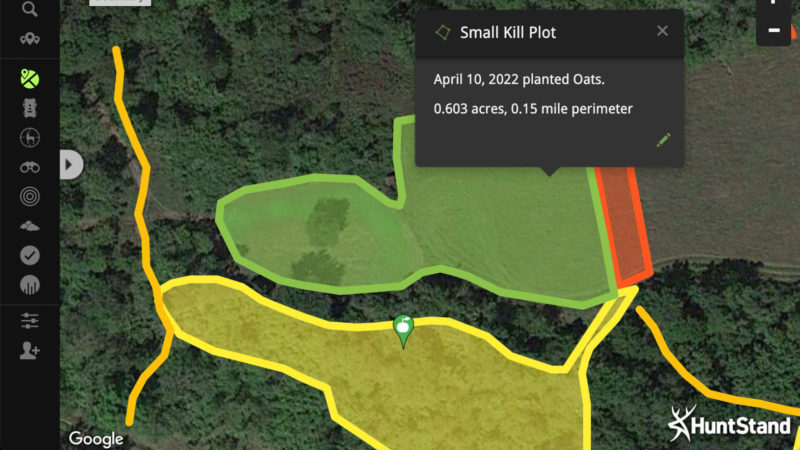
11. Test Your Soil
I feel like this goes without saying, yet many food plotters still skip this critical step each year. Visit your local County Extension Agent, grab a few soil sample bags, and pull soil samples from every spot you plan to plant this fall (or even next spring).
If you haven’t pulled a soil sample before, it’s pretty straightforward. Get a clean bucket and a hand trowel or soil probe, and collect soil from several locations in each plot. You take soil from multiple locations to get a better representation of the overall plot.
Once you’ve collected soil in your bucket from multiple spots in the same plot, mix it all together and let it dry out. Fill your soil sample bag with the soil up to the fill line, removing any rocks, sticks and other debris.
Then take your samples back to the Extension office, pay the small fee (it varies by state, but figure $10-15 per sample) and wait for the results. It’s that simple.
Lime/Fertilize
Of course, the soil sample won’t provide any benefit if you ultimately don’t follow the recommendations it provides. That means applying the prescribed amount of lime and fertilizer.
Don’t skip or skimp on this step.
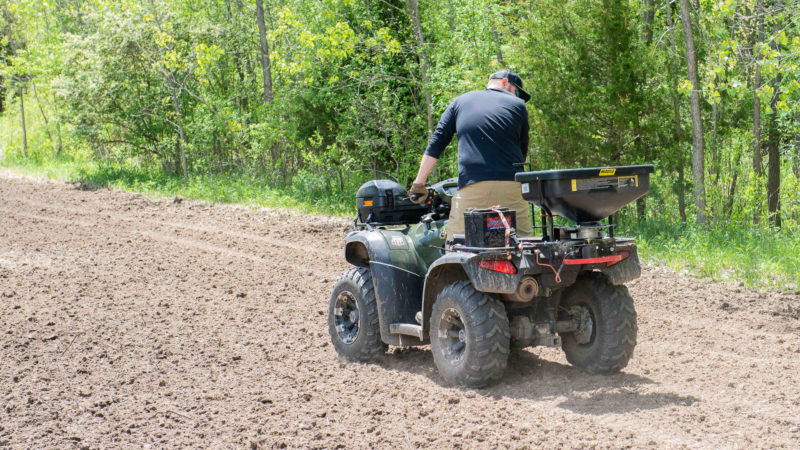
A lot of new food plotters understand the importance of fertilizer and apply that liberally, but skip out on the lime to save some cash. That’s a big mistake. If your soil pH levels are off, then the fertilizer can’t do its job properly. Which means you are actually wasting money on the fertilizer.
The reason why it’s important to test your soils and apply soil amendments, particularly lime, well in advance of planting, is because lime takes a while to impact soil pH. Like months. So the sooner you can get lime on the ground, the better off your food plots will be when you do plant them.
Final Thoughts
The older I get, the more I enjoy the whole process of the hunt — not just the hunt itself. And a big part of that process is the seasonal preparation to help improve my odds of success in the fall.
This time of year It’s easy to get caught up in all the usual summer activities and forget about deer season until you finally have that “oh crap, I gotta get ready” epiphany.
Carve out some time now to work on as many of these 12 steps that apply to you. That way, when the alarm goes off on opening day, you can jump up confident that you and your gear are ready for an unforgettable deer season.

 By
By 